Sleepapnoea,
our silent enemy at night.
80% of the time we are unaware that we have sleep apnea.
Sunrise strives to facilitate access to diagnostics and allow everyone to receive appropriate treatment.
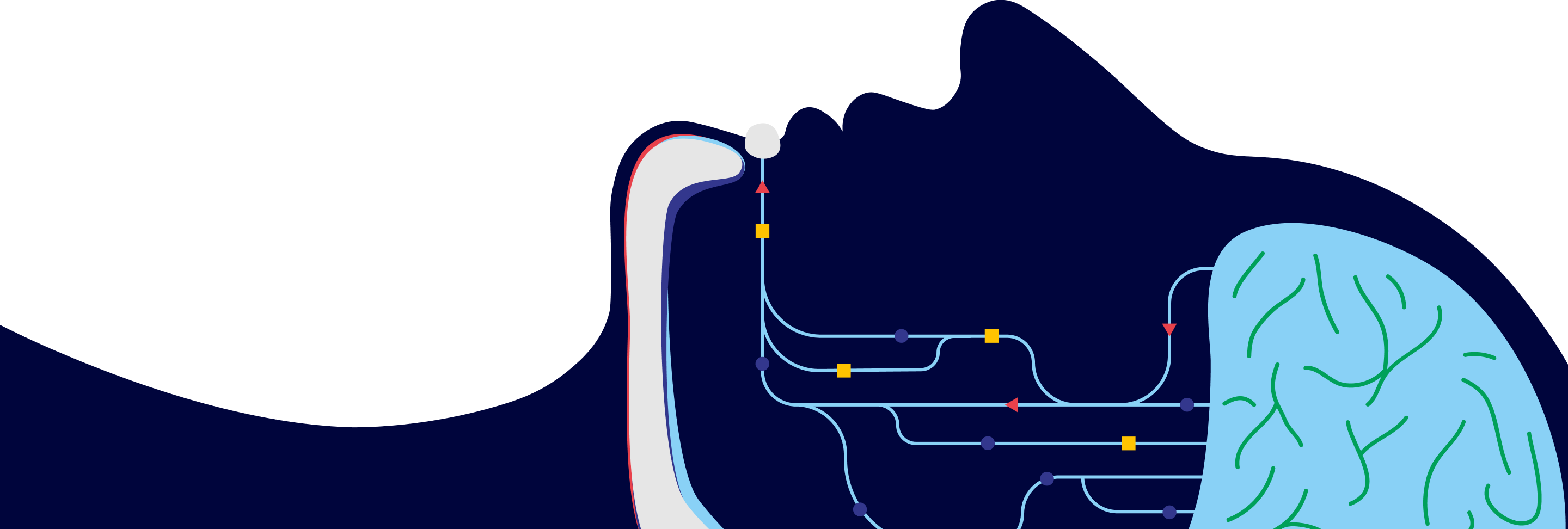
What happens when
you have sleepapnea?
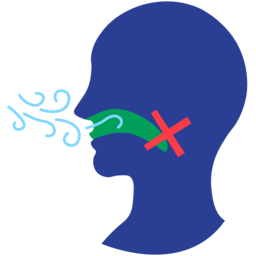
01. Air stops flowing.
Your lungs stop receiving air for 10 seconds or more, which means you’ve stopped breathing.
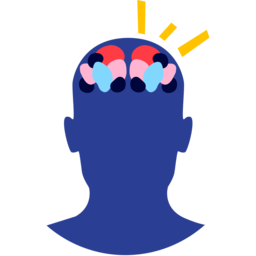
02. The brain sends a signal.
Thanks to that, your body wakes up and restarts your breathing before allowing you to fall back asleep.
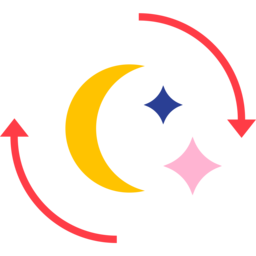
03. The cycle is repeated...
Once, 10 times, sometimes 100 of times a night! Most people with sleep apnoea are unaware how impaired their sleep is.
Am I suffering from
sleepapnea?
Sleep apnea is a pause in breathing for over 10 seconds. This may be considered normal when it does not exceed 4 events per hour.
There are different levels of severity:
- Mild, when the events occur 5 to 14 times per hour;
- Moderate, when the events occur 15 to 30 times per hour;
- Severe, when the events occur more than 30 times per hour.
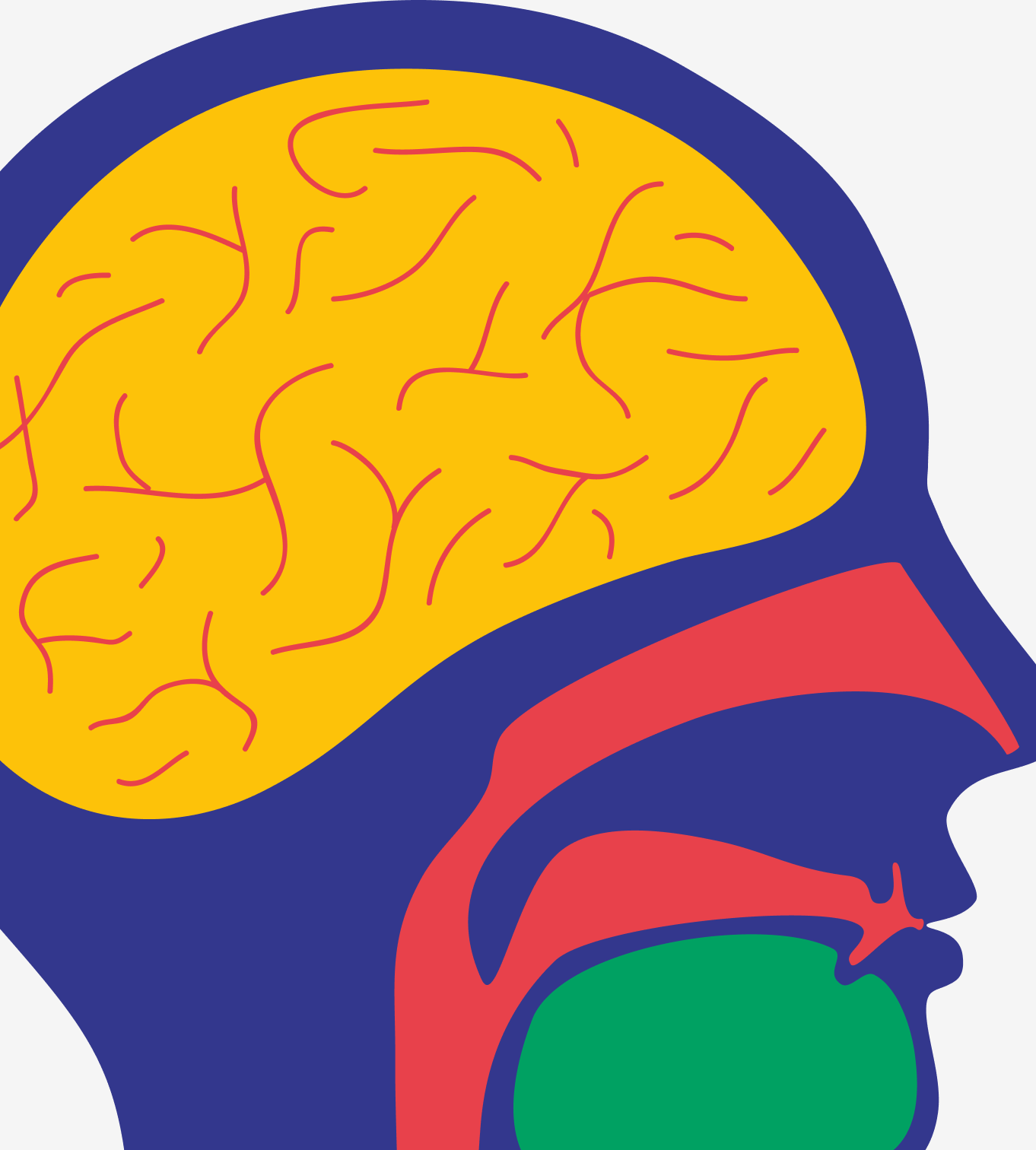
What if I don't
get treatment?
Left untreated, sleep apnea leads to chronic diseases and may even be fatal. Here are the effects it has on the body.
-
Risk of stroke
People with untreated sleep apnea are 2 times more at at risk.
-
Risk of depression
45% of people suffering from depression have sleep apnea.
-
Risk of car accidents
People suffering from sleep apnea are 2.5 times more likely to have a fatal road accident.
-
Risk of heart failure
People with untreated sleep apnea have 2.5 times the risk.
-
Risk of cardiovascular mortality
People with untreated sleep apnea are 5 times more at at risk.
-
Risk of drug-resistant hypertension
83% of people with drug-resistant hypertension suffer from sleep apnea.
-
Risk of diabetes
72% of people with type 2 diabetes suffer from sleep apnea.
-
Risk of morbid obesity
77% of people suffering from morbid obesity have sleep apnea.
Who said that gettingtreatment
should be complicated?
should be complicated?
Sunrise determines overnight whether your sleep requires medical attention and treatment.
Finally, an easy path to take!
Sunrise is a certified medical device.
Sleep apnea has
a strong impact on your days
a strong impact on your days
It is not so simple to see the link between feeling irritable during the day and suffering from sleep apnea at night. If you are able to relate to one or more of the following symptoms, then you should perhaps look further into it...
- Waking up tired
- Morning headaches
- Memory problems and difficulty concentrating
- Irritability and impatience
- Reduced intellectual performance
- Learning disabilities
and on your nights
It is strange to still feel tired after a long night’s sleep, isn’t it? Sleep apnea deprives our body of a 100% restorative sleep:
- Loud snoring every night
- Suffocating or gasping for air at night
- Frequent awakenings and/or insomnia
- Waking up frequently to use the toilet (nocturia)
- Night sweats
- Nocturnal heartburn
- Palpitations or elevated heart rate
What is the treatment?
Feeling well rested, being productive at work, doing your favourite activities, being present in your family life... This is not impossible! There are multiple treatment options available and the benefits may be quickly observed.
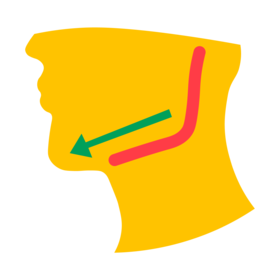
An oral appliance
A dental device is used to hold the lower jaw forward to facilitate the passage of air, without any additional health risks.
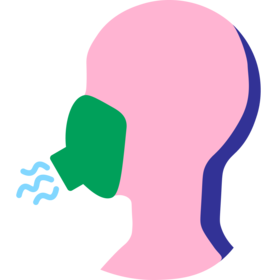
Positive pressure ventilation
Continuous Positive Airway Pressure therapy (PAP or CPAP) delivers pressurised air through a mask to keep the upper airways open throughout the night.
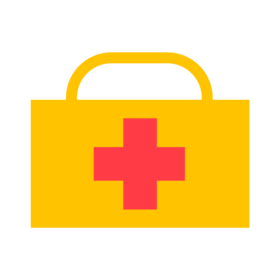
Surgery
Those who do not want to use masks or for whom they are not the best option, may consider a surgical procedure (nose, tonsils or adenoid surgery, bariatric surgery).
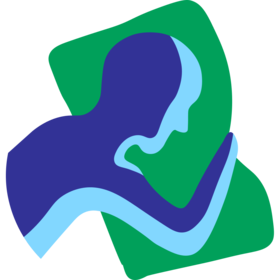
Positional therapy
This involves learning to sleep without lying on the back, training the patient to sleep on their side to avoid gravitational effect on the tissues at the back of the throat which may cause apnea.
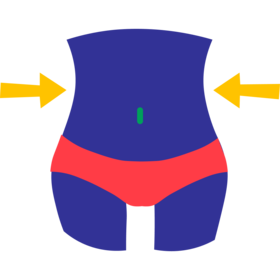
Nutrition monitoring (lifestyle and weight loss)
Following healthy eating habits can significantly improve symptoms. With weigh loss, the tissues at the back of the throat become thinner and the airways are free for easy passage of air.
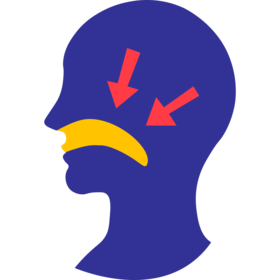
Myofunctional therapy
Myofunctional therapy (MFT), done mainly in children, is based on building the muscle strength of the tongue, mouth and upper airways through a series of strengthening exercises.
A medical devicecertified and
clinically testedon 400 patients.
Sunrise is a certified medical device.
